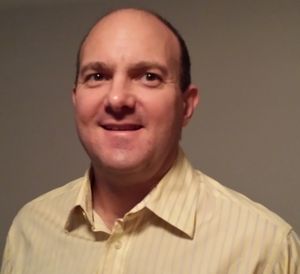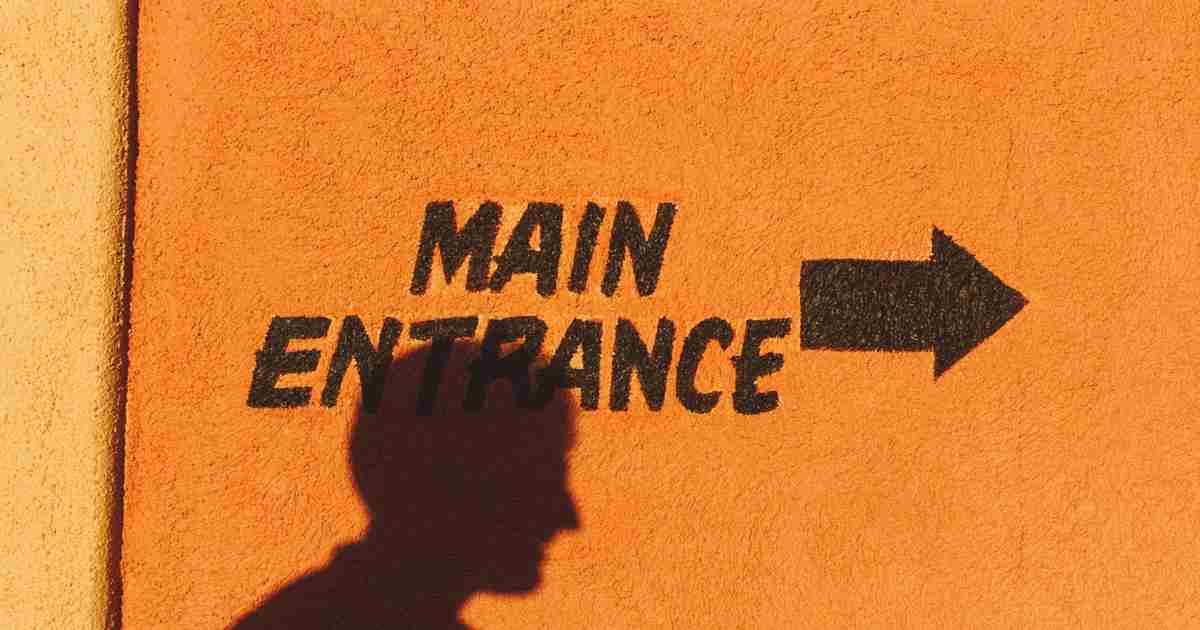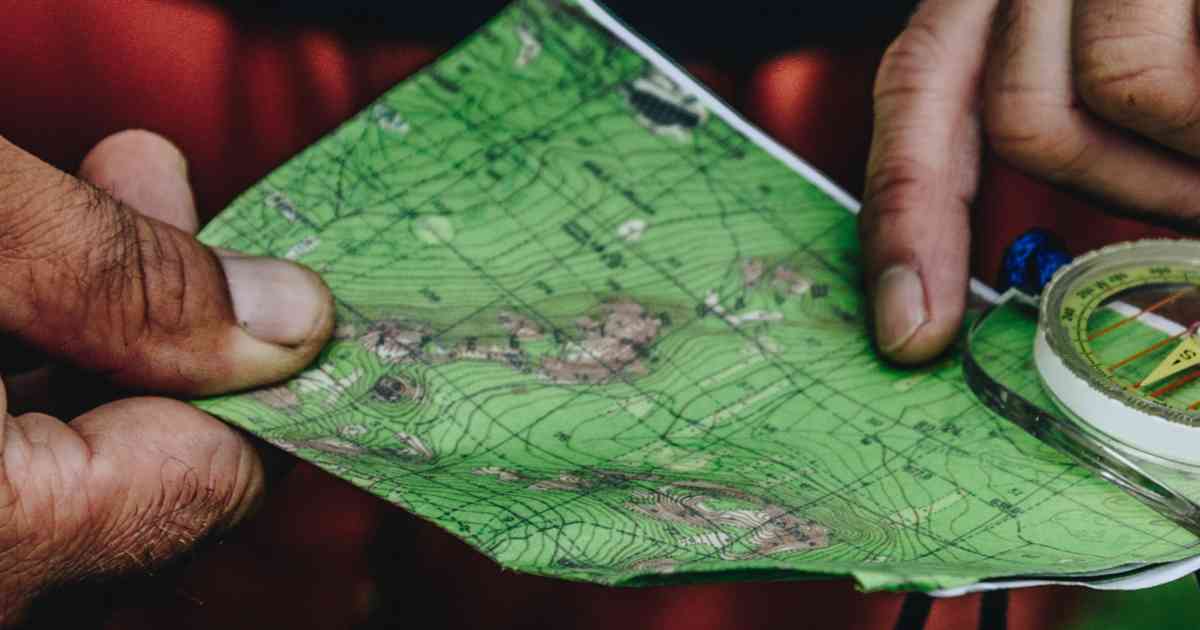Hungry Like A Hippo?
-
First, address the emotional overlay of threat-safety. Everyone ignores this.
-
Second, address the math of calorie surplus and calorie deficit. Everyone ignores this too.
-
Losing weight takes much, much longer than you think.
-
Exercise is not a good way to lose weight. You can get “fit” long before you get to your “ideal weight”.
-
No one wants to lose anything. Instead of “losing weight”, think of it as “gaining lightness” or “releasing stored energy into the world”.
-
To enquire about personal, private help with any of this, see if we’re a match.
Top photo via Patrick Fore / Unsplash
Want to go swimsuit shopping? First one who cries buys the ice-cream.
The Threat-Safety Overlay
Emotional eating isn’t about eating.
We might want to lose weight (or gain weight) but we want something else MORE.
Emotional eating (or fasting) is about the non-food rewards you get when you eat (or fast) and the non-food threats you avoid when you eat (or fast).
-
When we feel we’re powerless and we’re just being blown around by evil or uncaring forces outside our control, the one thing we CAN control is eating (or fasting). So the amount of food we eat is a way of expressing, “You can’t control me.” We can eat LESS (eg. hunger-strike protests by prisoners, anorexia) or we can eat MORE (eg. chocaholics, binge-purge bulimia, “You can deny me respect but you can’t deny me food”).
-
Our physical threat response is painful - it HAS to be, to get “our” attention quickly. Our stomach makes big, un-ignoreable “gut feelings”. When preparing to run or fight, digestion is not important, so it gets “twisted into knots” because blood gets diverted to our muscles. A good way to not make our stomach hurt is to eat something, because then it gets the signal to start digesting.
Yes, you can get completely free of this. It takes work.
All addictive behaviours have the purpose of keeping you safe from something.
If you want to get rid of something, you have to make some-other-thing safer.
If you’re eating too much and you want to make not-eating safer than eating, or you want to make eating-enough safer than eating-too-much, find out what’s dangerous about, and the terrible consequences of, not-eating or eating-enough.
Find The Threat-Safety Lever
When you find the lever, you’ve found the threat, and you can then operate directly on the threat.
-
For example, “No mom, I’m not going to diet for you. You don’t believe me anyway and also there are more important things in life than physical appearance. I’m going to eat what I damn well please.”
-
For example, “Every time I eat I feel like a failure for eating. I’m mad that I still spend so much energy thinking about what I can and can’t eat, how many calories I’m eating, how many I should eat.”
-
What do you HAVE to think about to INCREASE the urge to eat?
-
What MUST happen (what MUST you witness or do or have done to you) so you don’t need to eat? Given the urge to eat, what has to happen in that moment for the urge to just vanish?
-
If you want to make having a thigh gap safer than not having one, what’s dangerous about having a thigh gap?
-
If you never get a thigh gap, what terrible things will never happen to you?
-
When you’re thin and beautiful, what things do you then want to happen? Is it REALLY OK that those things then happen?
-
Ask yourself, “What happened when I was last at my ideal weight?”
-
Ask yourself, “How do I get fulfilled without filling myself full of food?”
When You Just Can’t Stop By Yourself
This is regarding some work I did sometime ago to help Tammy stop eating so much ice-cream. She does similar work at The UnEmotional Eater (facebook) and The UnEmotional Eater (website)
6 Months After The Ice-Cream Session - Tammy Testimonial
(2 mins)
Disclaimer - Individual results vary, no guarantee of specific results
13 Months After The Diet Coke Session - Tammy Testimonial
(3 mins)
Disclaimer - Individual results vary, no guarantee of specific results
Do You Have An Inner Fat Girl?
- You can lose the weight, but your Inner Fat Girl never goes away.
- In public, IFG tells me to make myself as small and unnoticeable as possible.
- In mirrors, IFG does not let me see an accurate reflection.
- IFG makes sure that if I ever do realize that I am happy with my size, that I will never be happy with my body.
- Sex and self image are so complicated that I don’t have enough will power to explain it all, but I’ll give a rough outline.
- I am extremely careful about eating in public.
- I have an eating disorder to regulate my eating disorder.
 Photo via Barrett Ward / Unsplash
Photo via Barrett Ward / Unsplash
To Lose Weight, Eat Most Of Your Teddy Every Day
Teddy -> TEDDY -> TEDDEE -> TDEE.
The number of calories you burn every day just staying alive and going about your normal life is called your Total Daily Energy Expenditure (TDEE).
To lose weight, eat a couple of hundred calories LESS than your TDEE, every day. You’ll be eating a calorie deficit, every day.
If you eat more calories than your TDEE every day, you’ll gain weight. You’ll be eating a calorie surplus, every day.
If you eat the same calories as your TDEE every day, your weight will stay the same.
Your TDEE depends on your age, sex, height, weight and daily activity.
Determine yours using any of these:
-
TDEE Calculator : A Tool for Weight Loss That Trumps ALL Else
-
Basal Metabolic Rate (BMR) and Total Daily Energy Expenditure (TDEE) Calculator
Sometimes the numbers vary a bit due to the method involved and the assumptions made. For the average person, all these numbers are not going to be exact so it’s enough to come close.
A common mistake is to “go on a diet” and eat less, even much less, than you usually eat. If it’s still more than your TDEE, you’ll still gain weight. You have to eat less than your TDEE, not just less than you usually eat.
Example: Gary
- If Gary’s TDEE is 2000 calories and he’s been eating 3500 calories per day and then decides to get in shape and goes on a diet and reduces that to 2500 calories a day, he’ll think he’s made a big change (true!) and he’ll still continue to gain weight.
After a few months of eating a couple of hundred calories less than your TDEE every day, you will have lost some weight, so you’ll need to re-calculate your TDEE then.
To lose about 1 kilogram of weight, you need a total calorie deficit of about 7700 calories. At a daily caloric deficit of about 250 calories, this would take about a month. Another way of thinking about this is, you need to burn a surplus 7700 calories.
To lose about 1 pound of weight, you need a total calorie deficit of about 3500 calories. At a daily deficit of about 250 calories, this would take about two weeks. You need to burn a surplus of 3500 calories.
Your basal metabolic rate, which keeps your organs functioning, burns about 70% of your calories. Physical activity adds about 20% and digestion about 10%.
Drinking ice water burns about 8 caloriesDoes drinking cold water burn more calories than warm water?
“But I’ve Tried Everything”
Nope. You think you have, but you haven’t.
“But I Already Tried Eating A Calorie Deficit And It Didn’t Work”
Yes, because you didn’t do it for long enough to matter.
“But I Eat Very Healthy Food”
It doesn’t matter.
If you’re eating anything you want, you’re almost certainly eating a caloric surplus every day, regardless of what you’re eating.
“But If I Eat The Right Foods The Right Way, I Can Still Lose Weight Even If I’m Eating A Caloric Surplus”
Nope.
If you’re not eating a caloric deficit every day, you won’t lose weight.
“But I Hate Exercise”
That’s OK. Exercise is not a good way to lose weight (although it has many other benefits) because it only burns about 20% of your total daily calories.
It takes a “lot” of exercise to burn “very few” calories. It’s easier to not consume the calories in the first place.
Most people can’t or won’t sustain a lifestyle change so big that exercise becomes a substantial portion of their daily calorie burn.
This is why joining a gym typically doesn’t change anything.
Exercise is optional, eating is not. It’s easier to give up exercising than it is to give up eating. In other words, it’s easier to not-quit eating than it is to not-quit exercise.
If you exercise more, you can eat more and still be on track to lose weight and waistline. For example, if you want to eat an extra 300 calories per day and have it not matter, do an extra 300 calories worth of exercise per day:
- walk for about 1 hour and 30 minutes
- pull weeds and plant flowers for about 1 hour and 30 minutes
- do yoga for about 1 hour
- play tennis for about 45 minutes
- jump rope for about 15 minutes
“But I’m Not Eating A Caloric Surplus”
Probably not true. Almost everyone eats a caloric surplus every day, even when they think they’re not.
Example: Cindy
-
Cindy wants to lose some weight before an Exploding Fat Pants Accident happens. Her calculated Total Daily Energy Expenditure (TDEE) is 1600 calories. This means, to lose weight, she has to eat FEWER than 1600 calories per day.
-
On a day when Cindy thinks she didn’t eat much, she eats two eggs and a packet of savoury pastries and drinks a beverage made from a coffee + creamer + sweetener packet.
-
An egg is about 80 calories, so two of them make about 160 calories.
-
The packet of savoury pastries weighs 500 grams. The nutrition label says they’re 334 calories per 100 grams, so the packet totals 1670 calories.
-
The nutrition label on the coffee-mix packet says it’s 80 calories.
-
Cindy ate a total of 1910 calories (160 + 1670 + 80).
-
Compared to her TDEE of 1600 calories, it’s a caloric surplus of 310 calories. That’s 19.4%, or almost a 20% surplus. On a day that Cindy thought she didn’t eat much, she gained weight.
-
To make any sort of difference over time, Cindy has to eat at least a couple of hundred calories less than her TDEE, say about 1400 calories per day. Compared to that, the 1910 calories she ate is a surplus of 510 calories, or about one-third above her daily eating goal.
 Photo via Ant Rozetsky / Unsplash
Photo via Ant Rozetsky / Unsplash
Eating Like A Power Station
Would it be OK to be a small power station for a while?
It’s the caloric deficit per day which matters, but no one wants a deficit of anything, let alone a daily one, so think of it as the amount of surplus power and heat you put into the world.
It’s just energy that you captured from the world and stored long ago.
Would it be OK to release some of that energy so the world can use it?
As each additional person walks into a cocktail party, it is the equivalent to turning on another 120-watt electric bulb. A human being, living on 2,500 calories a day, is delivering (in the form of heat, eventually) about 104 calories per hour, which is equal to 120 watts.
The Giant Book of Facts & Trivia (Edited by Isaac Asimov)
Eating is heating and power.
Burning more than you eat means you generate excess energy.
If you want to lose weight, track your power station’s output - the energy transfer to the world of excess generated power.
You always have the option of capturing and storing that energy again in the future.
The lion is most handsome when looking for food.
Jalal ad-Din Muhammad Rumi
Example: Alice’s Weight Loss Goal
Alice is 70 years old.
Alice weighs 90 kilograms, or 198 pounds.
Alice’s height is 165 centimetres, or 5 feet 5 inches.
Alice’s daily activity level is very low.
-
Alice’s Body Mass Index (BMI) is 33 (“obese”), according to BMI Calculator
-
Alice’s healthy weight range is 68 kilograms to 50 kilograms, or 150 pounds to 110 pounds. “Healthy” Body Mass Index is 18.5 to 24.9.
-
Alice’s heaviest healthy weight is 68 kilograms, or 150 pounds.
-
For Alice to weigh her heaviest healthy weight, she will need to lose 22 kilograms, or 48 pounds. This is about one-quarter (24.4%) of her current weight. (22 kilograms = 90 kilograms - 68 kilograms) (48 pounds = 198 pounds - 150 pounds).
Alice’s numbers plugged in to:
Calorie Calculator - Scooby’s Workshop
gives:
Alice’s daily calories to maintain weight (total daily energy expenditure, TDEE): 1784 calories per day
If Alice eats 1784 calories per day, she will stay the same weight.
If Alice eats more than 1784 calories per day, she will gain weight (because the surplus will be stored as fat).
If Alice eats less than 1784 calories per day, she will lose weight (because the deficit will be made up by burning some stored fat).
Alice’s goal of 10% reduction in daily calories would mean she eats: 1605 calories per day
Alice’s projected weight loss: 600 grams per month (1.3 pounds per month)
Alice’s projected time to get to her heaviest healthy weight (68 kg)(150 pounds): 37 months (22 kg / .6 kg).
About three years.
That is, for Alice to lose weight and waistline gradually and safely WITHOUT doing any more exercise, she has to eat about 1600 calories every day, for three years.
Example: Bob’s Weight Loss Goal
Bob’s age: 40
Bob’s weight: 90 kg (198 pounds)
Bob’s height: 171 cm (5 feet 7 inches)
Bob’s activity level: very low
Bob’s Body Mass Index (BMI): 31 (just “obese”)
Bob’s healthy weight range: 73 kg to 55 kg (160 pounds to 121 pounds)
Bob’s heaviest healthy weight: 73 kg (160 pounds)
To weigh that, he will need to lose 17 kg (90 kg - 73 kg) (198 pounds - 160 pounds) (38 pounds). this is about one-fifth (18.9%) of his current weight.
Bob’s numbers plugged in to:
Calorie Calculator - Scooby’s Workshop
gives:
Bob’s daily calories to maintain weight (total daily energy expenditure, TDEE): 2258 calories per day
Bob’s goal of 10% reduction in daily calories would mean he eats: 2032 calories per day
Bob’s projected weight loss: 800 grams per month (1.8 pounds per month)
Bob’s projected time to get to his heaviest healthy weight (73 kg)(160 pounds): 21 months (17 kg / .8 kg)
About 1 year and 9 months.
Counting Calories with a Ballerina
(17 mins) especially 7:00 to 9:10 and 12:45 to 13:45






